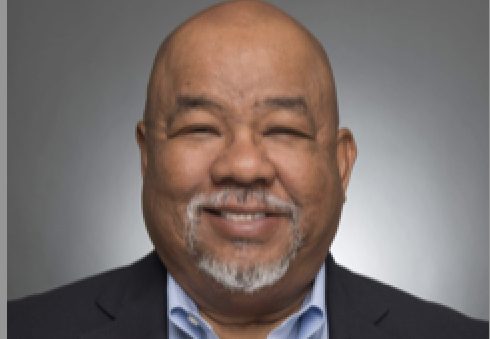
(CBM)
In Los Angeles County last week, 211 LA, a local non-profit organization that provides health-related information and services to residents, announced that it had reached an important milestone.
Celebrating its success, the community-based organization shared with California Black Media that it has been instrumental in helping more than 100,000 Angelenos sign up for vaccines since the state started rolling out its COVID-19 vaccination plan. Most of the people 211 LA helped get vaccinated were minorities living in greater LA communities that COVID-19 has hit hard.
“211 LA County has been there to connect people in our county with essential services for decades,” said Maribel Marin, executive director of 211 LA. “As we face a once-in-a-lifetime pandemic, it was natural for us to partner with the county in helping people access the vaccinations that will help them get their lives back again.”
As California prepares to lower the state’s vaccine eligibility age to 16 by the middle of this month, community-based nonprofits around the state like LA 211 are demanding a bigger and more formalized role in California’s vaccination rollout, touting their unique ability to reach residents through long-established communication channels and because of trust they have earned over the years in the communities they serve. A history of racial disparities in the healthcare system has caused issues of mistrust and misinformation in Black and Latino communities, the community organization leaders say.
Earlier this year, the state launched a $30 million grant program for 180 community-based organizations to engage with underserved communities in efforts to boost health equity and counter vaccine hesitancy. But the leaders of many of those organizations say their work – and as a result the state’s vaccine plan — would be more effective if the state integrated them more into the structure of the state’s vaccination program and charged them with a broader scope of responsibility.
Rhonda Smith, the executive director of the California Black Health Network, said the news of vaccine expansion is great, but the road to widespread immunity has a number of barriers.
“The challenge still is accessibility,” Smith said. “Even though we’re opening up to a broader age range, there’s still the challenge of getting an appointment, and the accessibility and the ease of getting an appointment.”
Fortunately, she said, faith-based and community-based organizations have launched pop-up vaccination sites to address the issue of accessibility, particularly in regions of the state where large numbers of Black Californians live.
Last Thursday, Gov. Gavin Newsom received the Johnson & Johnson vaccine. Prior to taking his shot, the governor announced the state’s plans to expand vaccine eligibility for people 50 years and older starting April 1, and people 16 years and older on April 15. Approximately 18 million vaccine doses have been administered since the announcement.
The state’s partnership with community-based organizations has boosted equity and vaccine efforts across California, state officials say.
Isaiah Antoine agrees. He is the community impact director of California Human Development, a nonprofit that runs a number of anti-poverty and human development programs throughout Northern California.
Antoine said vaccine expansion is necessary for low-income communities with predominantly Black and Brown populations. But to successfully implement it, the state would need to partner with groups that are rooted in the most affected communities.
According to state data, 46 % of COVID-19 related deaths were Latino Californians. Reports also show that Black and Latino people have been the most affected by the health and socioeconomic impact of the COVID-19 pandemic.
“Vaccine expansion is the first step in ensuring these groups are receiving the protection and care they deserve,” said Antoine.
Andie Martinez Patterson, the vice president of government affairs at the California Primary Care Association, said the relationship between community health and public health agencies has not been strong across the state. She believes California needs to formalize those partnerships.
“For community-based organizations and the churches, there have been casual relationships, but not a strong network for when there’s a crisis,” said Martinez, adding that if that was the case,
“you would immediately know what to do and which person to call.”
“The pandemic underscored the need to have a tighter social network surrounding the patients in the community, that should be prioritized, and we need to do a better job,” she continued.
“The pandemic was a learning curve for leaders in local organizations, primary healthcare, and public health to nurture relationships that will eventually save lives through quick and equitable response,” Martinez said.
Dr. Jeffrey Reynoso, executive director of the Latino Coalition for a Healthy California, said the state’s vaccine expansion has the potential to increase access for Latinos Californians, too. However, health disparities among Latinos and the challenges of race and immigration status will be barriers to an effective vaccination program.
“There are implementation challenges on the ground, just because the guidelines say that those over the age of 16 will have eligibility for the vaccine that doesn’t mean that they have access,” said Reynoso.
Several community partners say they have kickstarted rapid response campaigns that have provided resources for economic assistance and information sessions on COVID-19 and vaccinations.
From Smith’s perspective, sharing vaccine success stories would be helpful because they will encourage people in the community to get vaccinated. Smith said understanding Black and Latino people, “geographically, mentally, physically, and spiritually,” is key to knowing how to best serve their communities.
“Going into the community and showing up is one way to build trust,” she said.
California Black Media’s coverage of COVID-19 is supported by the California Health Care Foundation.






